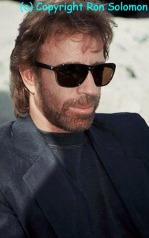There are three different types of boundaries on the Earth. Places where the plates collide are called convergent, where they divide are called divergent, and where they slide past each other are called Transform. Today we are going to identify those three boundaries on the Earth and have a fun activity.
One of the key parts of Wegener's hypothesis of Continental Drift was Pangaea. A time when all of the continents were merged together. He used three pieces of evidence to purpose this: 1) All the continents look like they fit together. 2) There is evidence of the same glaciers across continents and oceans. 3) There are the same non-swimming fossil animals on different continents across oceans. Using these three pieces of evidence in class we are going to reconstruct pangaea.
Since each group has a different vocabulary term, we are going to teach each other the vocab in an activity called a jigsaw.
The past two days we have been learning the vocabulary. We are using a Frayer Model in class to learn about our terms. This units vocabulary is:
Magma Subduction Zone Divergent Convergent Transform Continental Plate Oceanic Plate Convection Tectonic Plate Alfred Wegener's hypothesis "Continental Drift" was not completely correct, he didn't know why the continents would seperate. Today we are going to see what convection is and demonstrate how it is responcible for the moving continents.
Mark Twain said "a crank is someone with a new idea -- until it catches on." We are looking at the life and timess of Alfred LOTHAR Wegener and how is hypothesis of Continental Drift was accepted by the scienctific community.
Remember Journey to the center of the Earth stories are due on Friday!!! |

 RSS Feed
RSS Feed